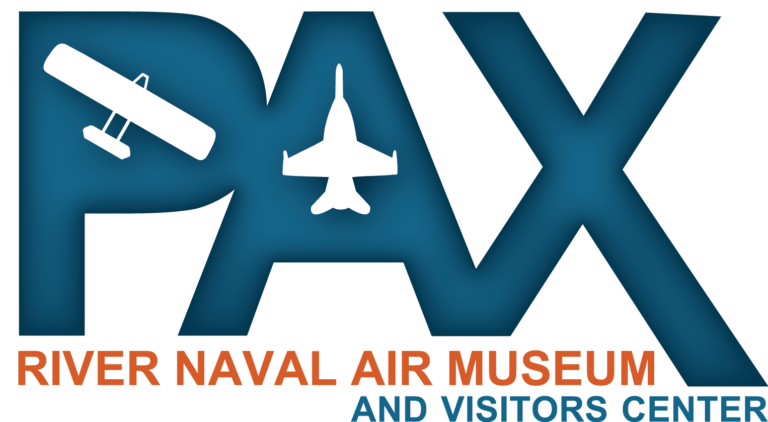
AIRCRAFT SIMULATION AND TRAINING
Pax Museum has many displays related to this subject that feature actual cockpit-based simulators that you can climb in and see what the real pilots in the Navy have to do to obtain and maintain flight proficiency.
Simulators are very inexpensive to operate and save thousands of dollars per flight hour compared to actual flying. Additionally, they are extremely realistic, presenting high-quality imagery of the outside world to the pilots and, in most cases, have identical controls to those used in the actual aircraft.
Simulation and Training Timeline
1929
The Link Trainer was developed by Edward Link to teach aviators how to fly with no visibility out of the cockpit.
1950
More than 500,000 U.S pilots learned how to fly and navigate in all conditions of degraded visibility thanks to the Link Trainer.
mid-70’s
The Link Trainer’s unique variable stability capability was integrated by the Naval Air Development Center in Pennsylvania.
late-80’s
Electronic Warfare is used to receive and store data on enemy radar systems from military intelligence sources.
90’s
Simulators are extremely realistic, with high-quality imagery and identical controls to those used in the actual aircraft.
Singer Link Flight Trainer
This flight simulator was a modification of the basic Singer Link Flight Trainer. A cockpit with windows replaced the “blind flying” hood on the standard trainer. A horizon reference line on the wall was the only scenery the student could see.
The unique variable stability capability of this simulator allowed the instructor to demonstrate a wide range of stability and control effects on students. These parameters included roll, pitch, yaw, lift and drag.
Training and Preparing for Electronic Warfare
Electronic Warfare (EW) is the warfighting specialty of Boeing’s EA-18G Growler and Grumman’s EA-6B Prowler. In Naval Aviation, EW seeks mostly to find and defeat the radar and communication systems used in enemy surface-to-air and air-to-air missile systems, so that our forces can operate with minimal risk.
EW’s major roles are electronic reconnaissance and electronic attack.
AN/TSQ-142 Tactical EA-6B Mission Support
Used by EA-6B personnel on aircraft carriers and shore sites to plan EW missions and to conduct post-mission analysis.
Received and stored data on enemy radar systems.
Created highly classified media with data on enemy radar systems, for loading into the EA-6B’s ALQ-99 Tactical Jamming System prior to an EW mission.
15E22C Rear Cockpit Team Tactics Trainer
Used by EA-6B Electronic Countermeasure Officers (ECMOs) at stateside locations for training and to maintain efficiency.
The EA-6B rear seat was fully replicated, with every switch, panel and display functioning as in the real aircraft.
The tactics of every type of EW mission could be simulated and practiced.
Cockpit and Desk Simulators
The simulators offer the opportunity to experience flight in real F-14 cockpits as you take control of the airplane that you select.
Once in the cockpit you can choose between any one of several types of airplanes, such as an F-14 Tomcat, an F/A-18 Hornet, an A-10 Warthog, a P-51 Mustang, or how about a larger airplane like a C-130 Hercules, plus many more.
The flight simulators utilize stationary cockpits, but the aircraft can fly in the same airspace so if you come with a buddy, you both can fly at the same time or go against each other as you both make arcs and loops in the sky.
Do you want to launch and land on an aircraft carrier? You can do that too!












